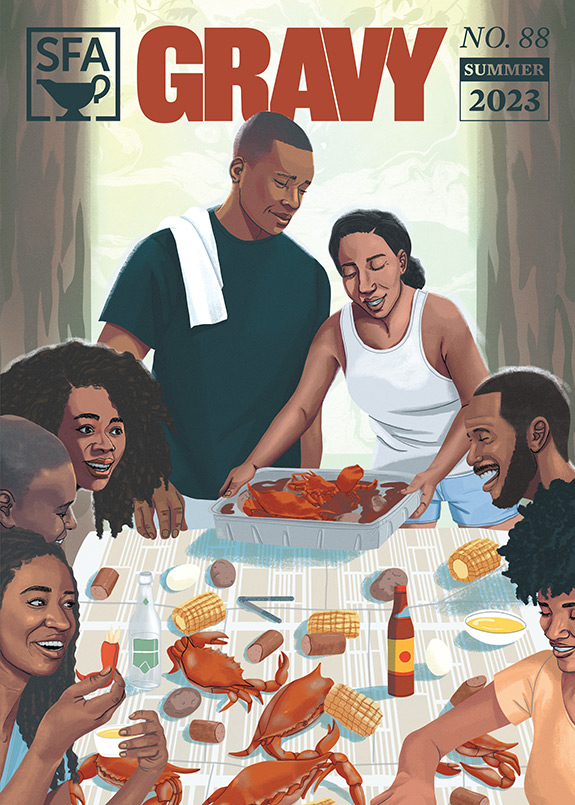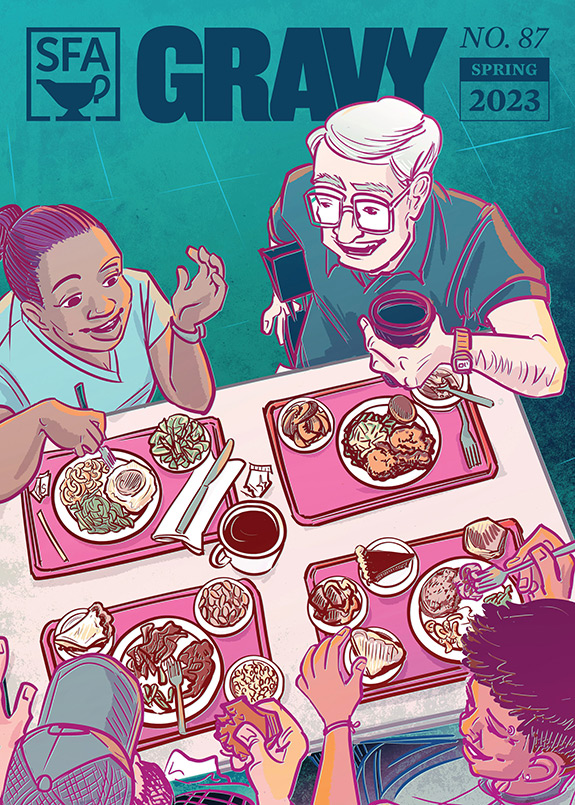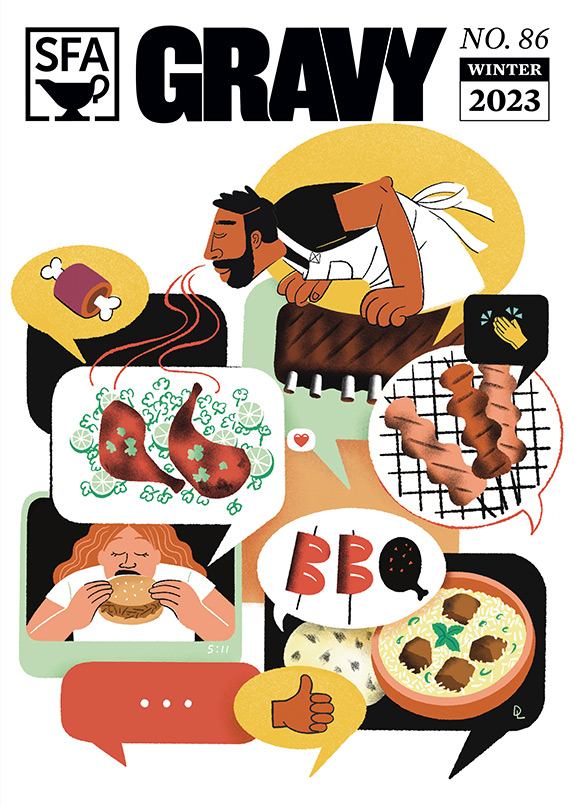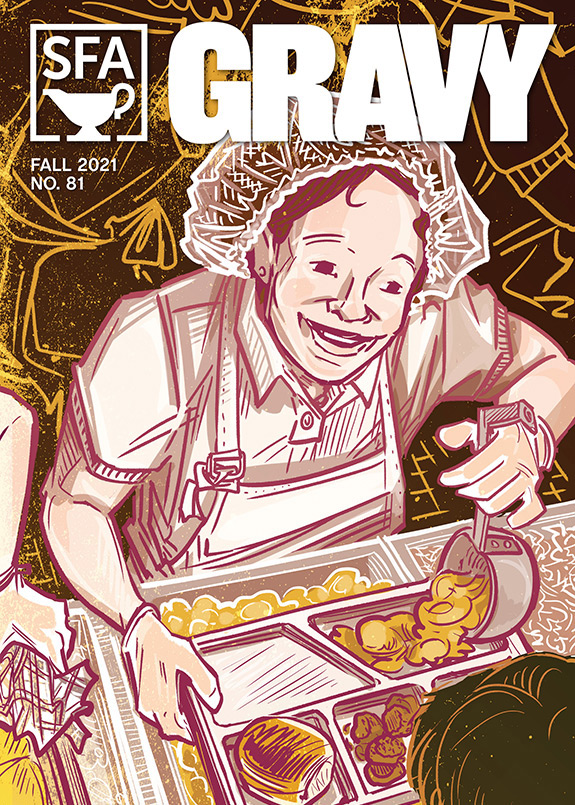In 2017, SFA explores El Sur Latino. To approach a multidimensional understanding of this moment in the U.S. South, we’ve enlisted over a dozen scholars, artists, writers, and entrepreneurs to reflect on what “El Sur Latino” means to them. Today’s response comes from historian Julie Weise, who will speak about Latino migration to the U.S. South at our 2017 Summer Foodways Symposium in Charlotte, North Carolina.

What is El Sur Latino?
El Sur Latino is families. Families who looked around – at their homes in Mexico and the rest of Latin America, at their neighbors in Texas or California, at the migrant routes wending through the Midwest – and saw, somehow, an opportunity in the U.S. South.
Too often, that opportunity was defined in the negative. New Orleans in the 1910s was not the havoc of the Mexican Revolution. The Mississippi Delta in the 1920s was not south Texas, with its violent Jim Crow system designed specifically to oppress Mexicans and trap them as an uneducated labor pool. Arkansas in the 1950s was not rural Mexico, where men felt pressured to migrate in order to support their families in modern style. Rural Georgia in the 1980s was not the rural Midwest, so far from migrants’ homes in Florida that one spent the better part of one’s earnings just getting there. And North Carolina in the 1990s was not California, with its virulent anti-immigrant movement that foreshadowed much of what we are seeing on a national level today.
Other times, El Sur Latino was something new and positive. The Mississippi Delta offered Mexican sharecroppers the opportunity to control their own labor through sharecropping, and eventually, to send their kids to the white school. The Arkansas Delta gave Mexicans the chance to really get to know African Americans for the first time; years later, both groups would reflect with nostalgia on the positive relationships they developed there. South Georgia in the 1980s was home to welcoming ministries that offered fruit punch, camaraderie, and a measure of protection to Mexican migrant workers. And for many, greater Charlotte in the 1990s meant a brand-new brick house in the exurbs (or at least a trailer around the corner from one) and a spot for the kids in a well-funded public school.
What kind of opportunity does El Sur Latino represent today, during the Trump presidency? Hopefully, today’s El Sur Latino is the opportunity to build a truly broad coalition advocating for democracy and inclusivity—not just in “blue” America but in all of America.
 Julie M. Weise is an historian of Latino migration in transnational and global context. Her first book, Corazón de Dixie: Mexicanos in the U.S. South since 1910, won several book awards and has a companion website aimed at high school and college teachers.
Julie M. Weise is an historian of Latino migration in transnational and global context. Her first book, Corazón de Dixie: Mexicanos in the U.S. South since 1910, won several book awards and has a companion website aimed at high school and college teachers.








